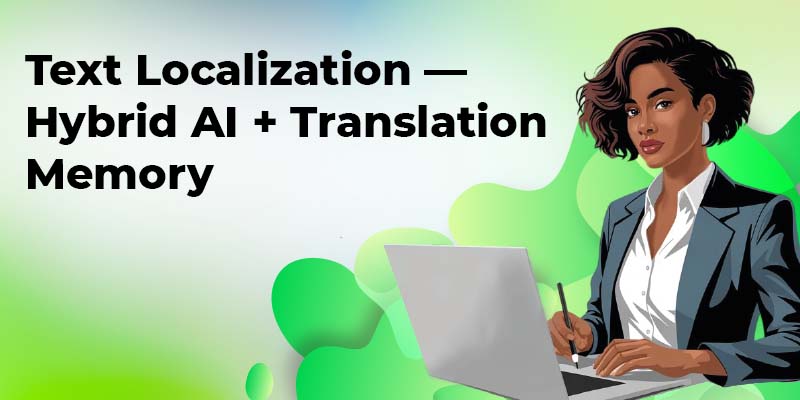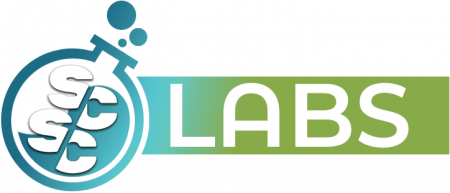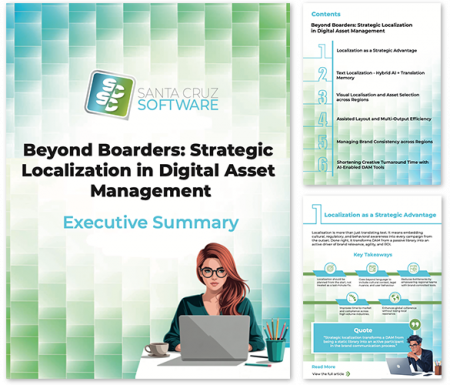
This article is the second installment in a six-part series on localization in Digital Asset Management (DAM), published weekly. Each article explores a different aspect of how global brands can balance consistency with local relevance. For those who want the full picture, we’ve created a free executive summary that includes key insights from the series as well as links to all upcoming articles before they are released.
Article Preview:
By Ralph Windsor of DAM News
Text localization is widely assumed to be a ‘solved problem’, thanks in-part to the proliferation of automated translation tools and machine learning models. In practice, however, most enterprise-scale DAM implementations find that linguistically accurate translation is not enough. What is required is the ability to maintain a consistent brand tone across multiple languages, while simultaneously respecting the linguistic, idiomatic and cultural norms of each locale. Achieving this balance reliably and at scale remains a persistent challenge for many enterprises.
The introduction of Large Language Models (LLMs) and related AI technologies has brought new possibilities, but also new misconceptions. The idea that AI can independently generate high-quality translations with appropriate cultural nuance may be attractive from a cost and time standpoint. Yet most experienced DAM users remain cautious – and with good reason. Inconsistent tone, mistranslation of key terminology and the inappropriate use of informal voice are just some of the common issues that can arise when AI translation is used indiscriminately.
The objective, therefore, is not full automation, but a hybrid model that combines AI capabilities with human expertise and translation memory (TM). Translation memory is a form of structured, domain-specific linguistic data. It stores previously validated translations in a database, allowing for reuse and consistency across future projects. When properly integrated with a DAM system, TM becomes the linguistic backbone for global campaigns, especially when multiple vendors, regions and output formats are involved.
Would you like an executive summary on this series?
Download an easy-to-scan free executive summary here with all the key information.


